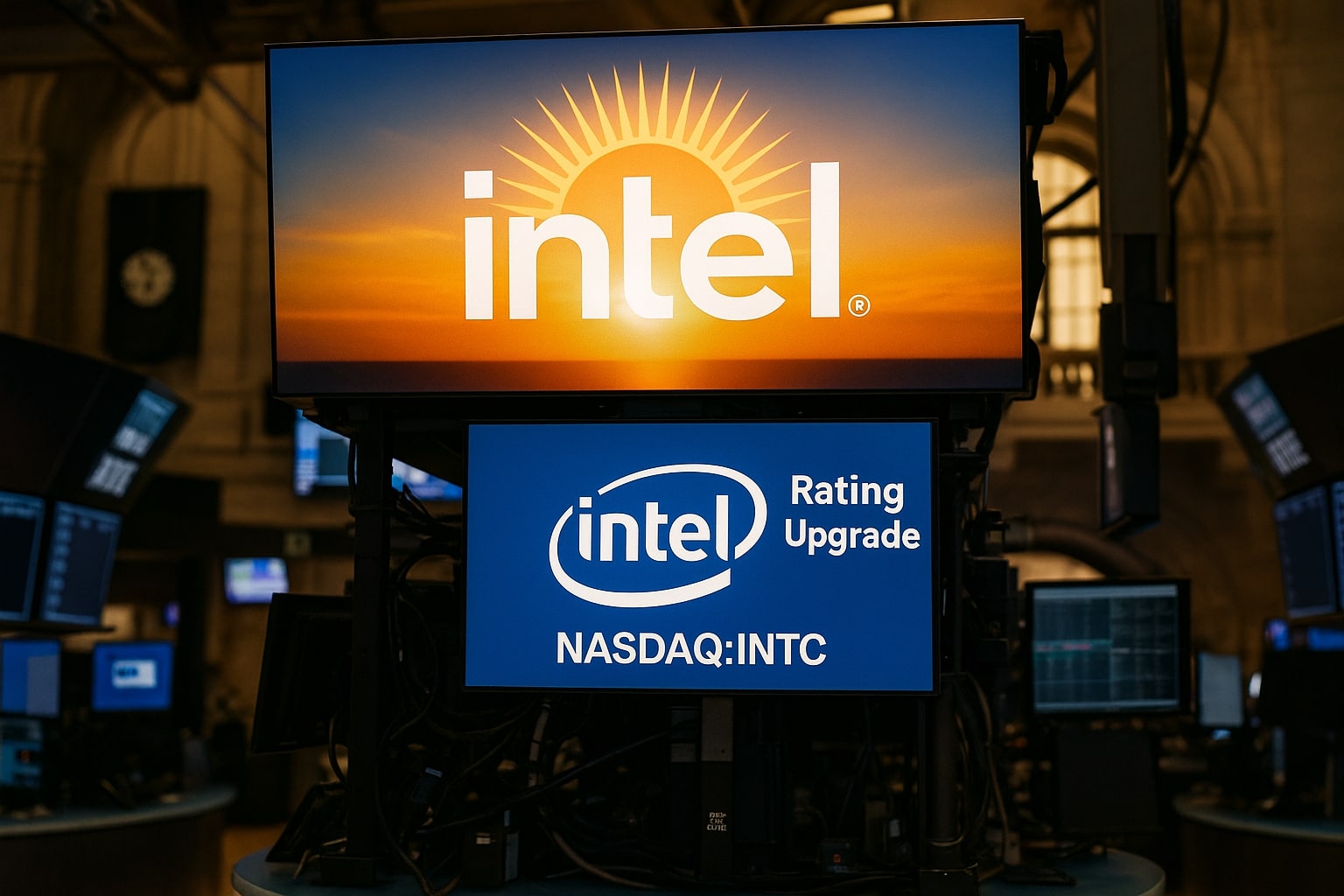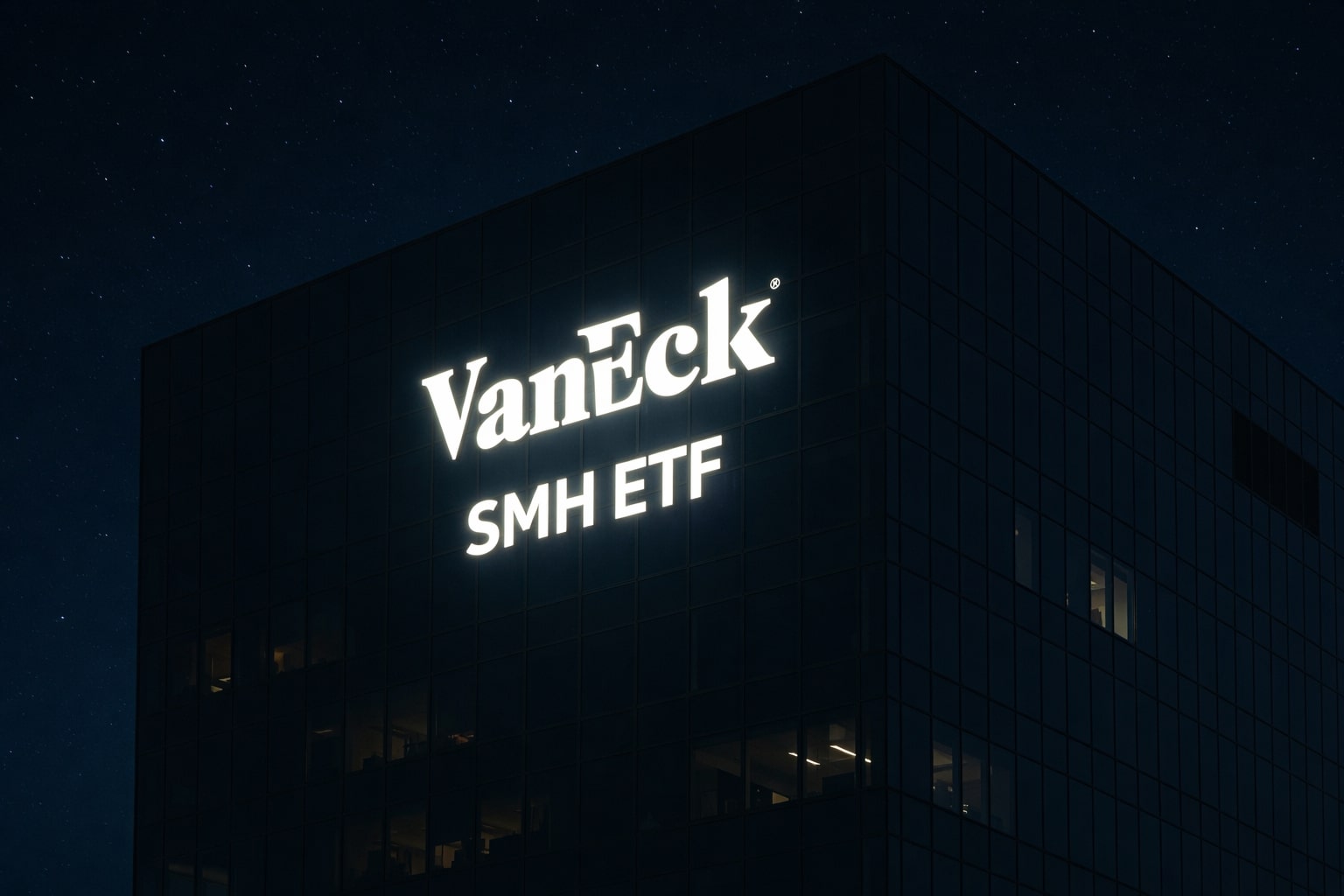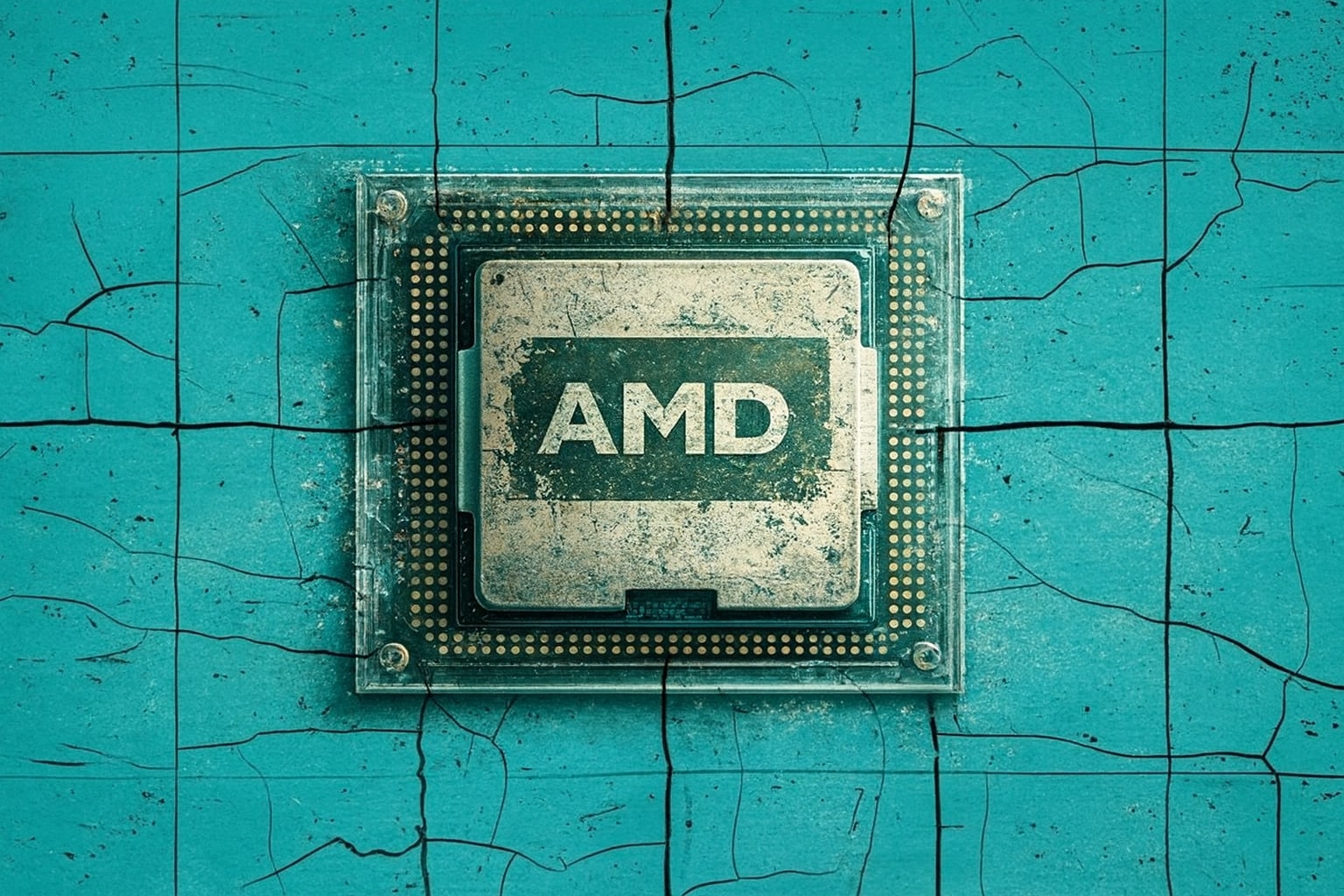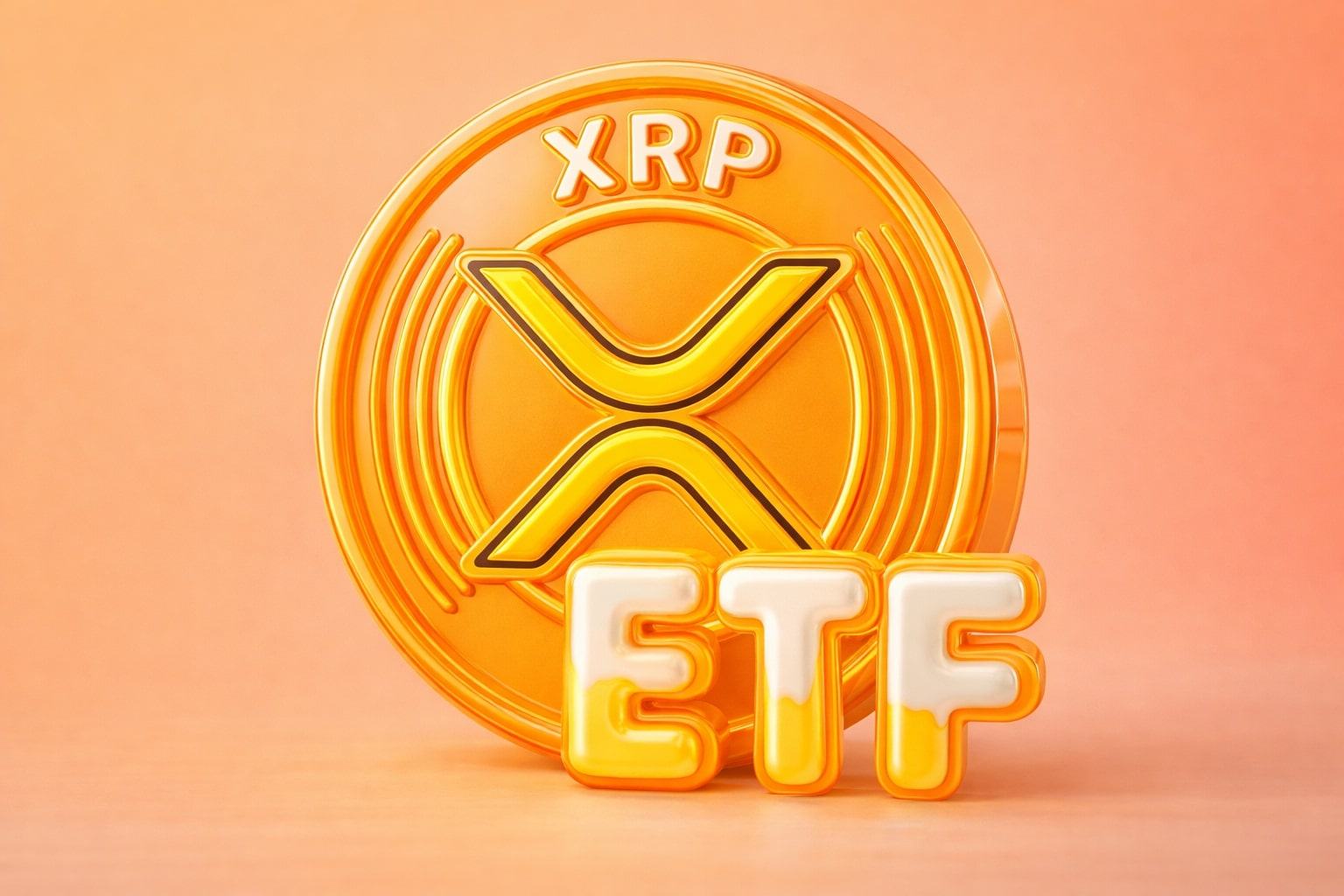
Intel's Bold Strategy: Is NASDAQ:INTC Primed for a 55% Upside?
Intel’s aggressive restructuring and Foundry growth are fueling a potential rebound. But can the stock overcome its challenges and rise to $34? | That's TradingNEWS
Intel’s Strategic Turnaround and Market Performance: The Road Ahead for NASDAQ:INTC
Intel Corporation (NASDAQ:INTC) is undergoing a significant transformation under the leadership of CEO Lip-Bu Tan, who is focused on streamlining operations and revitalizing the company’s market position. This aggressive restructuring is aimed at addressing the challenges Intel faces, particularly in its Foundry division, which has seen substantial losses. In the first quarter of 2025, Intel's revenue was flat year-on-year at $12.7 billion, and its non-GAAP earnings came in at $0.13 per share. These results were in line with analyst expectations, but there are signs that Intel’s cost-cutting measures and focus on its core business areas, such as the Data Center and Client Computing segments, are beginning to bear fruit.
Foundry Growth and Cost-Cutting Measures
A major part of Intel's strategy is the focus on Foundry growth, where the company is striving to position itself as a competitive player in the semiconductor manufacturing space. Despite losses in the Foundry segment—$2.3 billion in the first quarter of 2025—Intel is making strides toward increasing its U.S.-based chip production capabilities, benefitting from the broader trend of shifting semiconductor supply chains to the U.S. This shift is expected to provide long-term opportunities for Intel, particularly as companies like Taiwan Semiconductor Manufacturing Company (TSMC) have announced significant investments in U.S. facilities.
Intel’s efforts to cut operating costs, which include major layoffs and restructuring its operations, are also paying off. The company is on track to reduce operating expenses in 2025, projecting a decline from $17.5 billion to $16 billion. This focus on cost control, combined with the potential for higher Foundry utilization, could unlock substantial profits in the future, though the company must first address its ongoing challenges in the AI and GPU markets.
Intel’s Competitive Position and Market Share
Intel’s performance in key segments has been mixed. While its Data Center and AI segments have shown some promise, with a notable 8% year-over-year growth in the Data Center and AI (DCAI) segment, the company continues to lose ground in its Client Computing Group (CCG). The CCG saw an 8% drop in sales, primarily due to strong competition from Advanced Micro Devices (AMD) and Apple (AAPL), which have captured market share with their own chips.
One of the major issues Intel faces is the competitive pressure from AMD in the x86 chip market. AMD’s EPYC processors have been gaining significant market share, especially in the data center space, where Intel's market share has dropped dramatically from 61% in 2021 to just 11% in 2024. This trend is expected to continue unless Intel can successfully execute its turnaround strategy and capture a more significant portion of the AI and data center markets, which remain critical for the company’s long-term growth.
Impact of Leadership Changes and Strategic Shifts
CEO Lip-Bu Tan’s leadership is central to Intel’s strategy. Since his appointment, Tan has made it clear that the company will focus on its core strengths, which include client computing and data center chip design. The company has also made the decision to divest non-core businesses, such as its stake in Altera, which should help streamline operations and improve profitability. The sale of Altera is part of Intel’s broader effort to reduce its exposure to lower-margin businesses and concentrate resources on its high-growth, high-margin segments.
In addition, Intel has implemented a more aggressive approach to reducing costs, including a planned reduction of 20% of its global workforce. This move, while painful in the short term, is designed to help Intel boost its profitability by improving its operating margins and freeing up capital for reinvestment in key areas.
Intel’s Financial Outlook and Investment Potential
Intel's stock is currently trading at a P/E ratio of 27.3, with analysts projecting that the company could see a 55% upside if its turnaround efforts prove successful. The company is expected to earn between $1.30 and $1.40 per share by 2027, supported by new product launches, including the Panther Lake mobile chip. These efforts are critical as Intel seeks to compete with Nvidia (NVDA), AMD, and other semiconductor companies that have been gaining market share at Intel’s expense.
While Intel’s stock has faced significant pressure in recent years, especially with the decline in its Foundry business and the loss of market share in the data center market, the company’s aggressive restructuring and focus on improving its cost structure suggest that it could be positioned for a strong recovery in the coming years.
Intel’s Restructuring and Investor Sentiment
Intel’s restructuring efforts, including the layoffs and divestitures, are critical to its future success. While these changes are expected to bring short-term pain, the long-term benefits could be substantial if Intel can improve its operating profit margins and grow its Foundry business. However, risks remain, particularly if Intel’s turnaround falters or if it is unable to regain market share in key areas such as AI accelerators and data centers.
The market’s view of Intel is mixed, with some analysts maintaining a "Hold" rating on the stock due to the challenges it faces, while others believe that the stock could rise significantly if Intel successfully executes its turnaround strategy. As of now, Intel's valuation is attractive, trading at a discount compared to its peers, and the company's restructuring efforts could provide the necessary catalyst for future growth.
Potential Upside for Intel Stock: A Risk and Reward Play
Given Intel’s current challenges, its stock is priced at a significant discount compared to its competitors in the semiconductor industry. The company's P/E ratio of 27.3 is higher than Nvidia’s at 24.0 and AMD’s at 20.0, but this premium is justified by the potential for significant profit growth in 2025 and beyond if Intel can execute on its cost-cutting and restructuring plans. If Intel can narrow the losses in its Foundry division and generate sustained growth in its data center business, there could be significant upside to the stock price.
However, the risks are not insignificant. If Intel's turnaround efforts fall short, the stock could continue to struggle, and the company could face further market share losses in critical segments. For investors, the key will be monitoring Intel’s progress on its restructuring initiatives and product development, particularly the success of the 18A node and the Panther Lake mobile chip.
Intel Stock Analysis: A Buy, Sell, or Hold?
At the current price of $22, Intel stock represents an attractive entry point for investors willing to take on some risk in exchange for the potential for significant upside. The company’s restructuring efforts and focus on improving operating margins could lead to a re-rating of the stock, potentially pushing the price to $34, a 55% upside from its current level. However, the risks are substantial, and investors should carefully monitor Intel’s progress on its turnaround strategy and its ability to compete in the rapidly evolving semiconductor market.
That's TradingNEWS
Read More
-
SMH ETF: NASDAQ:SMH Hovering at $350 With AI, NVDA and CHIPS Act Fueling the Next Move
16.12.2025 · TradingNEWS ArchiveStocks
-
XRP ETFs XRPI and XRPR: Can $1B Inflows Lift XRP-USD From $1.93 Back Toward $3.66?
16.12.2025 · TradingNEWS ArchiveCrypto
-
Natural Gas Price Forecast: NG=F Falls to $3.80–$3.94 as Warm Winter Kills $5.50 Spike
16.12.2025 · TradingNEWS ArchiveCommodities
-
USD/JPY Price Forecast - USDJPY=X Slides, BoJ 0.50% Hike, Fed Cut and NFP Set the Next Big Move
16.12.2025 · TradingNEWS ArchiveForex


















